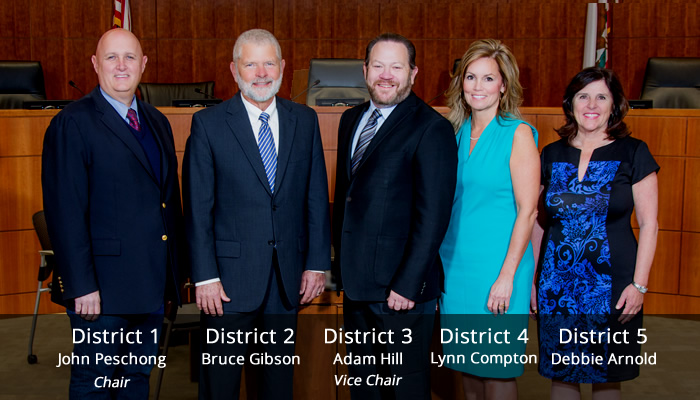SLO County needs to appoint a replacement for Supervisor Adam Hill
July 10, 2020

OPINION by MICHAEL NOLAN
Are the members of the San Luis Obispo County Board of Supervisors above the law? The answer depends on the board’s response to the announcement that the 3rd District Supervisor Adam Hill will be unavailable to perform his public duties due to his voluntary commitment into an undisclosed mental health facility.
Under normal conditions, the board’s response to such an announcement would be limited.
But “normal conditions” ceased four months ago. Since 10 o’clock on the morning of Friday March 13, the county has been governed by a Proclamation of a Local Emergency “due to the existence of extreme peril to the safety of persons in the entire area of the county.”
The Proclamation by the County Director of Emergency Services is made “pursuant to the California Emergency Services Act (starting with Governments Code Section 8550 [through to Section 8669.7]) and Chapter 2.80 of Title 2 of the San Luis Obispo County Code and “invoke[s] all of the powers and mechanisms set forth in the California Emergency Services Act and in the San Luis Obispo County Code Chapter 2.80, and order[s] that: 1. All of said powers and mechanisms set forth in section [sic] 2.80 may hereafter be utilized by authorized personnel of the County of San Luis Obispo.”
With the proclamation, invocation, and order to use “all of the powers and mechanisms set forth” in Chapter 2.80, the Board of Supervisors is now required to address Section 2.80.140 of Chapter 2.80.
Specifically, subsection (e) of 2.80.140 requires the appointment of a stand-by county officer when “necessary.” The absence of Mr. Hill makes the appointment of a stand-by 3rd District County Supervisor necessary.
Subsection (e) states, “At its second regular meeting in each January, the board of supervisors shall review the status of all stand-by appointments, and if necessary fill vacancies as set forth hereinabove.”
The use of the words “shall review . . . and if necessary fill vacancies” means that the board must act, because “shall” is defined elsewhere in the County Code to be “mandatory.”
Of course, this duty would not be imposed if the board had followed the requirements subsection (e) of 2.80.140 and actually had appointed a suitable stand-by officer. But an inquiry to the County Administrative Office reveals that no such appointments have been made. And if, as required, the board reviewed the status of stand-by appointments at its second regular meeting in January, it did so without placing that item on the agenda, a clear violation of the Open Meeting Law.
The board can cure that failure by putting this matter on their next agenda.
However, the failure to act brings another section of Chapter 2.80 into play:
Section 2.80.130 makes it a misdemeanor for any person during a state of emergency or local emergency to “(1)Wilfully obstruct, hinder or delay any member of the emergency organization [which includes any county officer or employee] . . . in the performance of any duty imposed upon him by virtue of this chapter;” and to “(2)Violate any of the provisions of this chapter, . . ..”
If the board continues to violate section 2.80.040(e) without legal penalty, then we will have the answer to our question: Are the members of the San Luis Obispo County Board of Supervisors above the law?
Michael Nolan is an attorney in Davis who was born in San Luis Obispo and raised in the Los Osos Valley. He attended Mission Grammar and High School and graduated from San Luis Sr. High. While attending Cal Poly, he was an intern at the Office of the County Auditor-Controller and the Office of the County Clerk-Registrar of Voters.






The comments below represent the opinion of the writer and do not represent the views or policies of CalCoastNews.com. Please address the Policies, events and arguments, not the person. Constructive debate is good; mockery, taunting, and name calling is not. Comment Guidelines